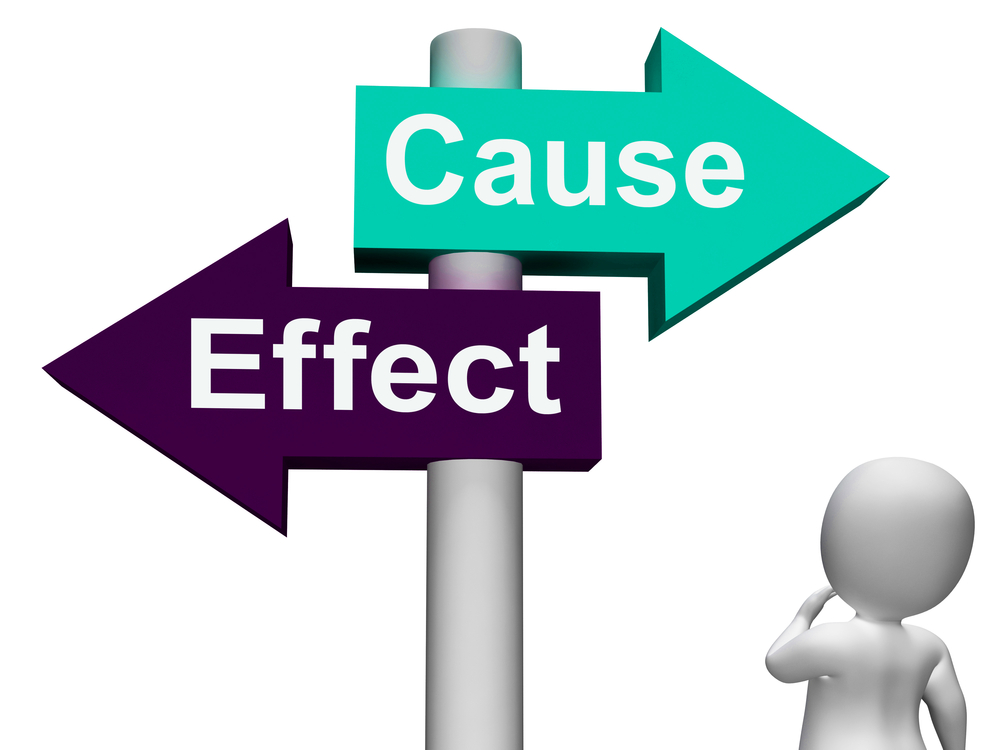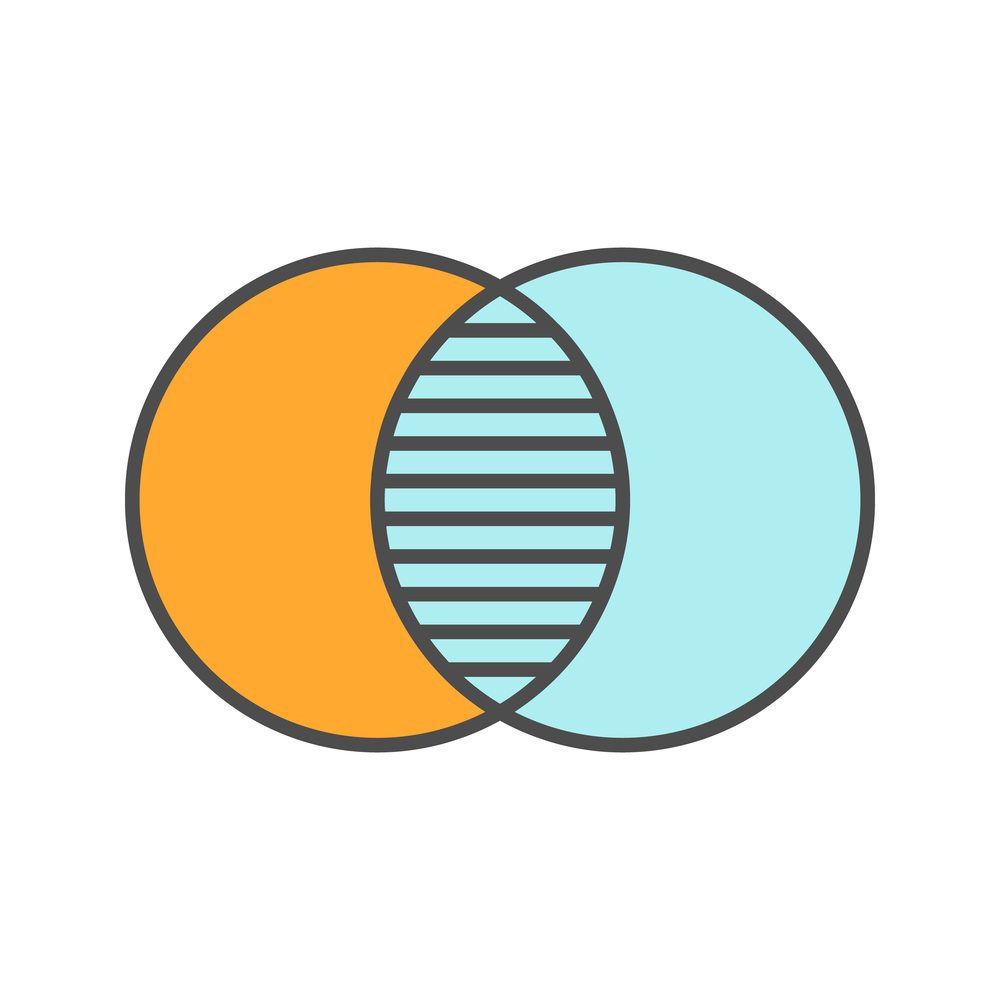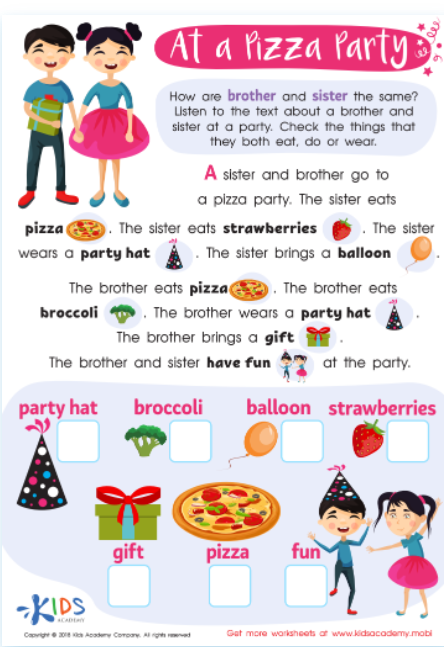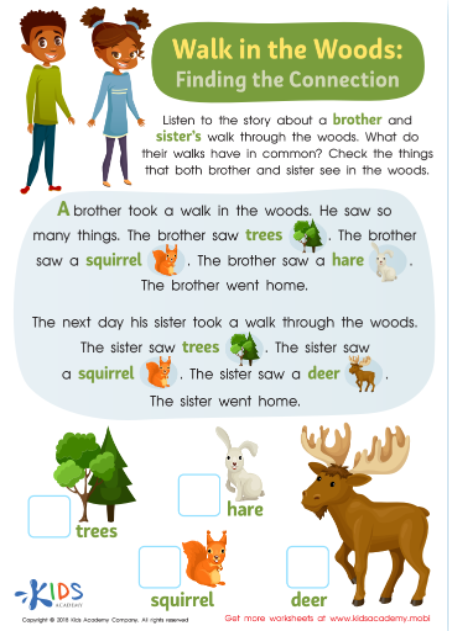-
English
-
English Pre-K
-
Unit 1: Early Literacy Skills
-
ABCs
- Pre-writing Activities
- Letter A
- Letter B
- Letter C
- Letter D
- Letter E
- Letter F
- Letter G
- Letter H
- Letter I
- Letter J
- Letter K
- Letter L
- Letter M
- Letter N
- Letter O
- Letter P
- Letter Q
- Letter R
- Letter S
- Letter T
- Letter U
- Letter V
- Letter W
- Letter X
- Letter Y
- Letter Z
-
Phonological Awareness
- Rhyming Words
- Letter Sounds B, C, D, and F
- Letter Sounds G, H, J, and K
- Letter Sounds L, M, N, and P
- Letter Sounds Q, R, S, and T
- Letter Sounds V, W, X, Y, and Z
- Letter Sounds A, E, and I
- Letter Sounds O and U
- Beginning Sounds
- Matching Letters to Sounds
-
ABCs
-
Unit 2: Vocabulary
-
Common Words
- Sorting Words into Categories
- Color Words
- Verbs and Adjectives
-
Sight Words
- Sight Words 'I' and 'Can'
- Sight Words 'You' and 'Like'
-
Common Words
-
Unit 3: Print Awareness
-
Parts of a Book
- Working with a Book
- Spaces Between Words
- Text and Illustrations
-
Picture Books and Poems
- Picture Book Text Features
- Poem Text Features
- Signs and Labels in the Community
-
Parts of a Book
-
Unit 4: Reading Literature
- Questions About Stories
- Discussing Stories
-
Unit 5: Reading Informational Texts
- Retelling Details in a Text
- Questions About a Text
- Connections Between Events
- Text Features
- Describing Illustrations
-
Unit 1: Early Literacy Skills
-
English Pre-K
-
Math
-
Math for Pre-Kindergarten
-
Logic and Geometry
-
Matching and Sorting
- Same and Different
- Which One Is a Little Different?
- Objects That Go Together
- Sorting by Color and Size
- Sorting The Same Group in Different Ways
- Patterns
-
Shapes
- Shapes in Our Environment
- Naming Shapes Regardless of Size
- Making Shapes in Preschool
- Comparing Shapes
- Relative Positions
- Sorting Shapes
-
Matching and Sorting
-
Early Number Sense
-
Numbers 1–5
- Counting to 3
- Counting to 5
- Arranging Objects up to 3 Objects
- Arranging up to 5 Objects
- Writing Numbers 1–5
-
Numbers 1–5
-
Numbers up to 10
- Counting to 10
- Arranging up to 10 Objects
- Number 0
- Writing Numbers 6–10
- Breaking Down Numbers 6-10
-
Logic and Geometry
-
Math for Pre-Kindergarten
Connections Between Events
French engineer Gustavo Eiffel developed a plan for how each iron plate and beam would fit together when designing the Eiffel tower. Authors are word engineers, masterfully crafting their work, weaving logical connections between sentences and ideas.
It's never too early to teach your child to recognize logical connections within an informational text.
Commonly Used Text Features:
chronological order
cause and effect
compare and contrast

How Your Child Can Establish Logical Connections
Your child is beginning to recognize the order of events in a text. Biographies and historical accounts often use chronological order.
Students encounter cause-and-effect text structure. Cause and effect texts show what happens and explain why it happens. Take Benjamin Franklin's story. He discovered electricity because he conducted an experiment with a key and a kite.
Can your young scholar compare and contrast common items in his environment? Some informational texts compare and contrast concepts that are similar and different.
Graphic Organizers
Your child will need some type of visual organizer to help with finding and writing logical connections.
A sequence chain is good for organizing events.

This organizer can be used to show cause-and-effect relationships.

Your child can use a Venn diagram to compare and contrast.

Signal Words
Signal words are used by authors to transition from one sentence to the next. Depending on the text structure do your signal words vary. For example, words like first and the extend after that and finally show sequence. Cause and effect text structures usually use words like since because or as a result. Most text organized to compare and contrast used words like both, same, and different.
The Skeleton of an Informational Text
Most nonfiction texts at the pre-K level feature similar parts. Most commonly your pre-K student will see a title, a text, and photographs with captions. In some instances, there will be a diagram with labels.
Let’s look at the components of this nonfiction article from Kids Academy:
 | Here we see an informational text about siblings at a pizza party.
This text features vivid photographs to show the foods and party items.
We also see bold print.
|
 | Here are some questions that would complement this article: What is the title of this article?
What items did both siblings see?
Are there items that the brother saw that are different from the sister? Let’s add them to our Venn diagram. |
Next Steps
If you haven’t done so already, stop by the Kids Academy website to download high-quality research-based materials to use with your pre-K child.
Consider making an anchor chart with the three most commonly used text structures. Your child can refer to this resource often when looking for the logical connections in an informational text.
https://www.toureiffel.paris/en/news/history-and-culture/15-essential-things-know-about-eiffel-tower
By: Monica Edwards
English Language Arts Teacher and Curriculum Writer
